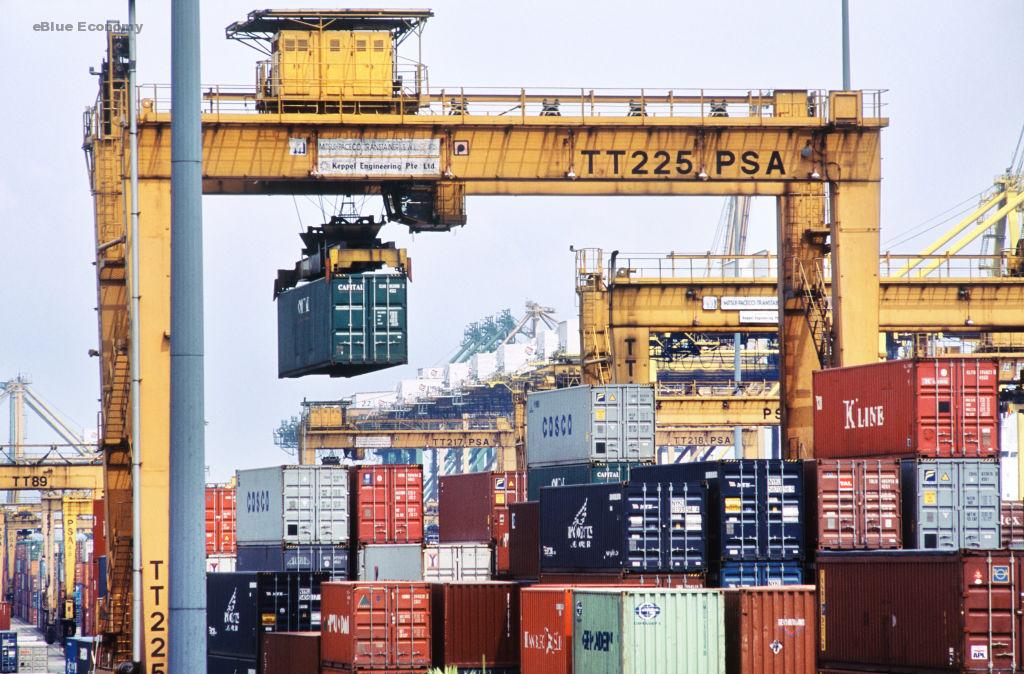Global supply chains came under severe strain during the Covid-19 pandemic. Which locations and companies will benefit from the disruption, and which ones will lose out?
Global supply chains have been in a state of disruption for the past few years due to a combination of rising trade tensions and the impacts of Covid-19.
Of this double whammy, Damien Bruckard, deputy director of trade and investment at the International Chamber of Commerce in Paris, says: “The collapse and subsequent surge in consumer demand during the pandemic has led to significant shortages of manufacturing components, order backlogs, delivery delays and a spike in transportation costs and consumer prices.”
As supply chains move past the immediate impacts of the pandemic, Band-Aid solutions such as chartering private container ships and stockpiling are being replaced by restructured supply chains that put the emphasis on security rather than fiscal savings. The allure of low-cost labour is being outshone by the desire to have resilient and robust supply chains that can respond to crises with more agility.
As the dust continues to settle on the Covid crisis and companies and countries’ action ever-evolving strategies, Investment Monitor investigates who the winners and losers will be within the world of supply chains in 2022.

According to the Statista Supply Chain Index, the US and EU are the most exposed to supply chain disruptions, yet all regions featured were sitting above the index 100 lines by August 2021, proving that disruption remained high.
Further crediting Statista’s findings, GlobalData’s Supply Chain Vulnerability Index reveals that the US and the UK are in first and second position, respectively, for supply chain vulnerability. Australia, France, and Russia follow. The index found Germany to be the least vulnerable, with China, South Korea, Ireland, and the Netherlands following in the top five spaces, indicating that their supply chains remain fairly secure.
So if global supply chains are still in a state of disruption as 2022 begins, how can supply chain winners and losers be defined?
What is the metric for winning or losing in supply chains?
When asked to rank global supply chain efforts, experts agreed that there is no straightforward answer. A universal lesson for many companies and site selection advisors during the pandemic was that strategies addressing supply chains have needed to be flexible.
This is in direct conflict with the nature of supply chains and manufacturing as an industry; investments are often long-term and expensive to enter into and adjust. There are a lot of levers for supply chain decisions – talent, location, cost, technology offering, geopolitics – and all are likely to change over the duration of the investment.

Source : Investement Monitor















